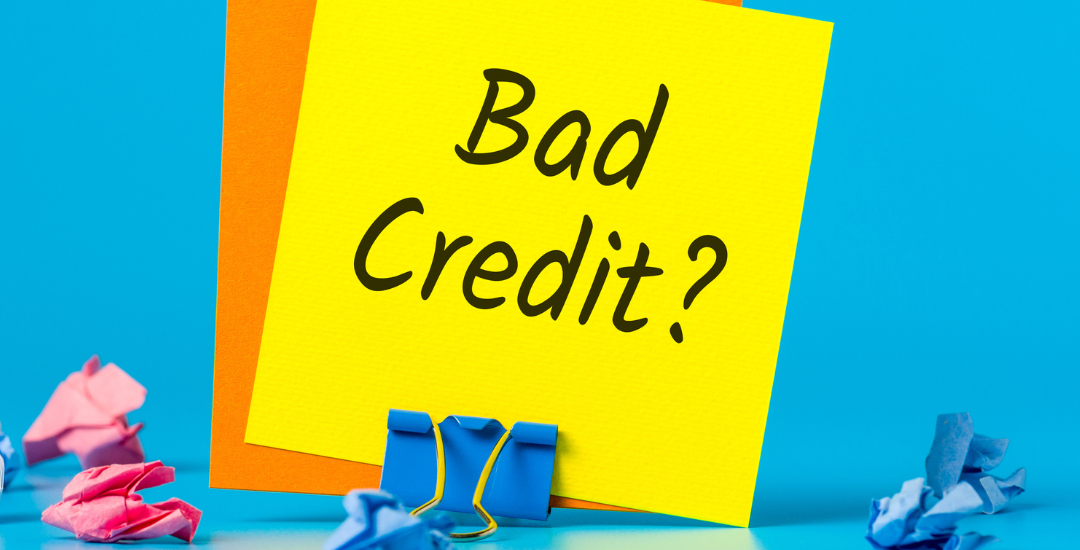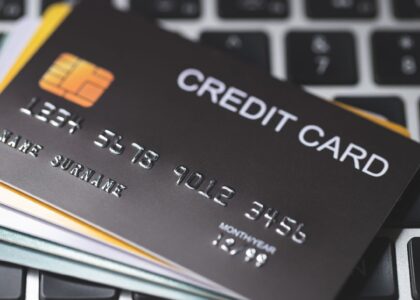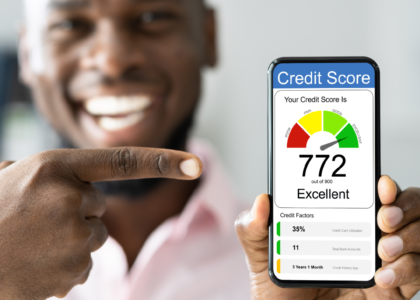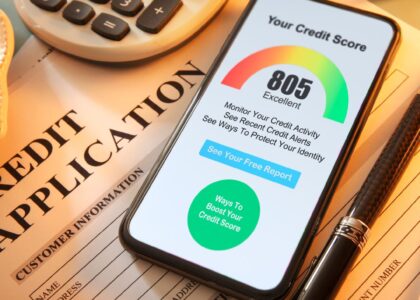Bad Credit: What Is It?
When someone has bad credit, it means they have a history of making late payments on their debts and are likely to continue doing so in the future. Low credit scores are frequently a result of it. Based on their payment history and present financial circumstances, businesses might also have poor credit.
A person (or business) with poor credit will have a difficult time getting a loan, especially at rates that are competitive. This is because they are viewed as riskier borrowers than average. All loan types—secured and unsecured—as well as both are subject to this, albeit there are solutions for unsecured loans.
KEY TAKEAWAYS
- If a person has a history of not making timely payments on their debts or owes an excessive amount of money, they are said to have bad credit.
- Low credit scores, usually under 580 on a scale of 300 to 850, are frequently a sign of bad credit.
- Obtaining a loan or credit card will be more difficult for those with poor credit.
Knowing about Bad Credit
Equifax, Experian, and TransUnion are the three main credit agencies, and the majority of Americans who have ever taken out a loan or applied for a credit card will have a credit file at one or more of them. Their credit score, which serves as a gauge of their trustworthiness, is calculated using information from those files, such as how much money they owe and whether they pay their payments on time. The FICO score, named after the Fair Isaac Corporation, which created it, is the most popular credit score in the United States.
1.35%—payment history.
The most importance is placed on this. Simply stated, it shows whether or not the individual whose FICO score it represents paid their obligations on time. Even a few days of lateness can add up, though it is worse when a payment is more than due.
2. 30%—total amount an individual owes.
Mortgages, credit card debt, auto loans, any unpaid invoices in collections, court orders, and other obligations fall under this category. The individual’s credit usage ratio, which compares how much money they have available to borrow (such the total limits on their credit cards) to how much they owe at any given time, is particularly crucial in this situation. A lower credit score can be obtained by having a high credit utilization ratio (let’s say, above 20% or 30%), which might be interpreted as a warning indication.
3. 15%—length of a person’s credit history.
4. 10%—mix of credit types.
Mortgages, auto loans, and credit cards might be examples of this.
5.10%—new credit.
This includes any recent commitments or applications.
Examples of Bad Credit
FICO scores range from 300 to 850, and historically, debtors are regarded as having negative credit if their scores are 579 or lower. Experian estimates that 62% of borrowers with scores of 579 or below are likely to experience major future loan defaults.
Fair scores are those between 580 and 669. These borrowers pose a far lower risk to lenders than those with poor credit ratings since they are significantly less likely to become seriously late on loans. In contrast to borrowers who are closer to that top 850 level, even borrowers in this range could be subject to higher interest rates or struggle to obtain loans.
How to Improve Bad Credit
There are things you may take if you have low credit (or fair credit) to raise your credit score above 669 and keep it there. Here are some recommendations from FICO on how to do that.
Set Up Automatic Online Payments
Do this for all of your credit cards and loans, or at the very least join the lenders’ email or text reminder lists. By doing this, you may make sure that you always make the required minimum payment on time.
Pay Down Credit Card Debt
When possible, pay more than the minimal amount due. Set a reasonable repayment target and make modest progress toward it. Your credit score suffers if you have a lot of credit card debt, but it can be improved by paying more than the minimum amount due.
Check Interest Rate Disclosures
These disclosures are offered by credit card accounts. Aim to pay off your debt with the highest interest rate first. This will release the most money, which you can use to start paying off other loans with lower interest rates.
Keep Unused Credit Card Accounts Open
Keep your active credit card accounts open. Additionally, avoid creating new accounts that you don’t need. Your credit score could be harmed by either action.
Consider applying for a secured credit card if your poor credit has made it difficult for you to obtain a conventional credit card. It is comparable to a debit card from a bank in that you can only spend money that is on deposit. Making prompt payments on a secured card will help you repair damaged credit so that you can eventually be approved for a regular card. It’s also a great opportunity for young individuals to start building their credit history.





